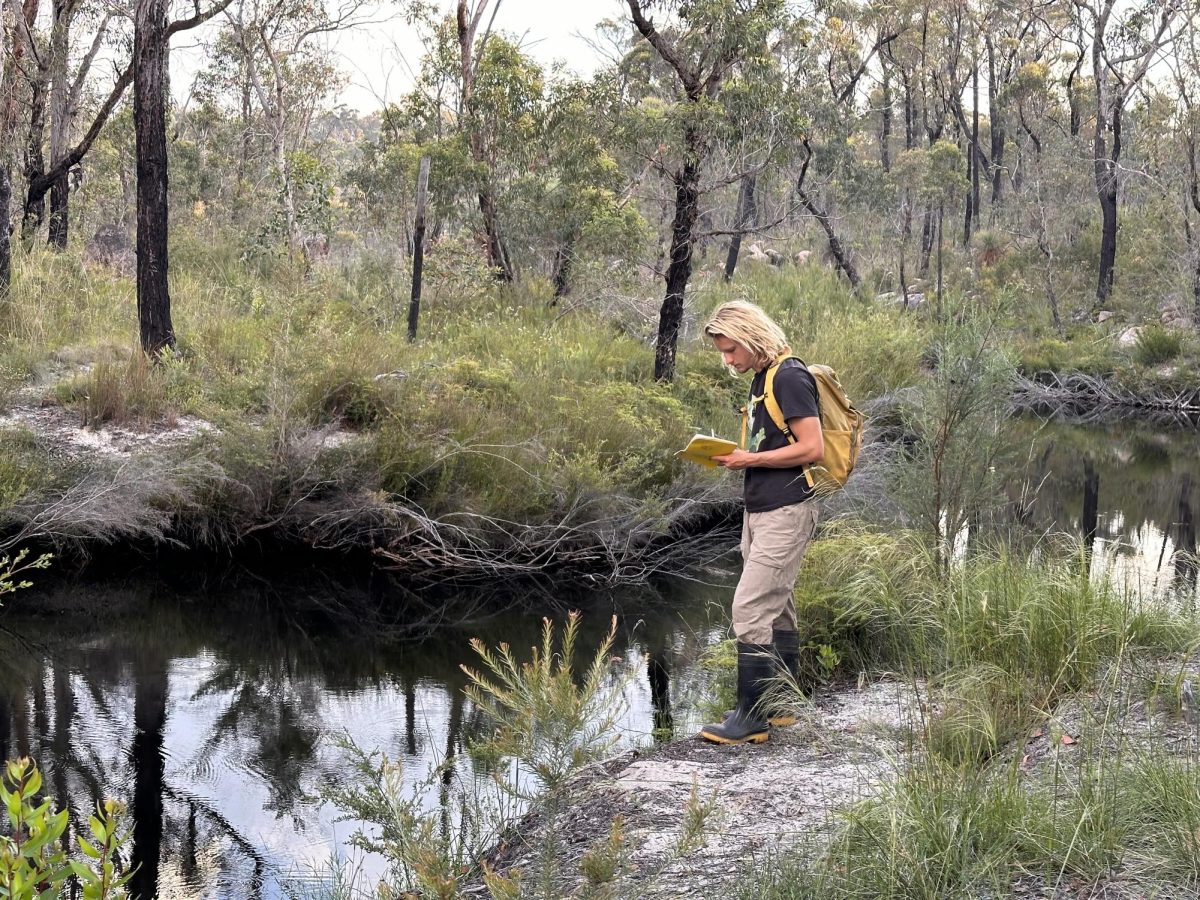The documentary is possibly the most difficult genre of film to make. To be able to capture that fly on the wall perspective can sometimes seem downright impossible. But that didn’t deter director Michael Loukinen in his latest, “Ojibwe Drum Songs.” In his attempt to capture the tradition of the drum on camera, Loukinen has succeeded in making a great, although brief, documentary that offers a glimpse into a world most will never get to see.
The film documents the Ojibwe’s use of the drum in their history and culture. With the focus primarily on elder Jim Williams, “Drum Songs” shows sacred ceremonies with Native Americans dancing and playing the drum while Williams puts it all into perspective. A wide array of songs are discussed, with their meanings and contemporary significance explained by Williams.
Unfortunately, documentaries are often made on subjects that aren’t all that interesting. Luckily, that’s not the case here. The viewer is treated to seeing something not even all Native Americans will witness. Because of the sensitive nature of putting these songs and dances on film, Loukinen handles the production with great care. It’s clear that he not only has a passion for filmmaking, but a respect for the Ojibwe.
After watching this film, I truly felt like I was seeing something that wasn’t only special, but rare. That said, I did feel there could have been more content. This might have been due to Loukinen’s respect of the source material, some of which was too sacred to be filmed. Regardless, I felt like the scope of this film could have been widened and encompassed a little more.
Unlike mainstream documentarians like Michael Moore, Loukinen knows to stay off camera and let his subjects do the talking. In fact, there is no narrator, just Williams and other tribe members discussing aspects of the drum. This allows viewers to focus on the subject and not be guided or manipulated through a narrator. With such unique subject matter, it’s nice that we get a clear view of the proceedings and not a guy with a microphone asking questions or telling you what to think.
A common problem documentaries face is pacing the flow of information. Given the rhythmic nature of the subject, Loukinen seems to pace “Drum Songs” to fit the flow of the music.
With the lack of a concrete film scene in the U.P., most films tend to be documentaries revolving around the area’s unique history. Although it would be nice to see the scene branch out more, it’s also great to see that we have one more good film we can add to our collection, and one that documents something deeper than a historical locale. Despite a limited budget and a topic which provided plenty of hurdles for Loukinen, the film is still a success. If you ever get the chance to see this film, don’t miss it.
























